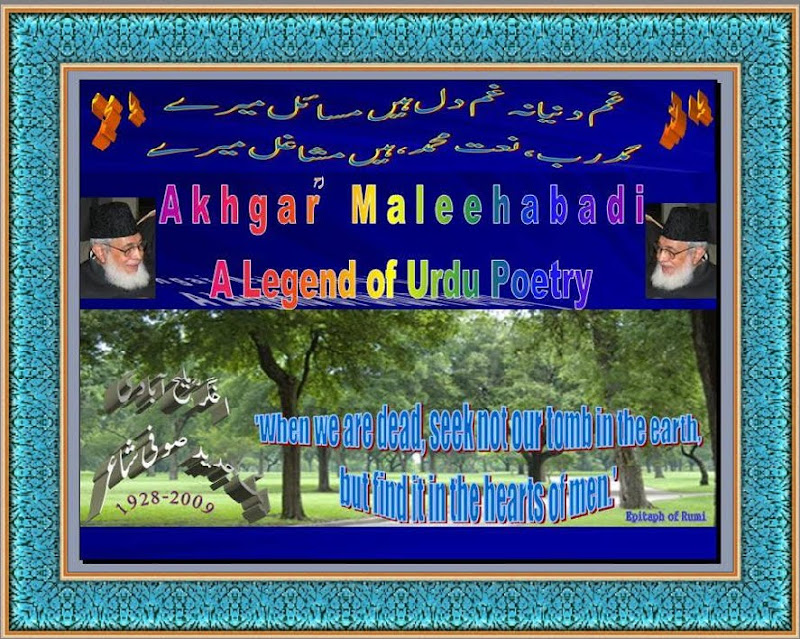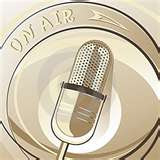 The Sixth Floor Museum had been established on the particular floor of the building used by the assassin. It houses a large number of photographs of the incident and some very short films made by amateurs present in the crowd.
The Sixth Floor Museum had been established on the particular floor of the building used by the assassin. It houses a large number of photographs of the incident and some very short films made by amateurs present in the crowd.
Dallas is the ninth largest city in the United States of America. It is an important centre of the oil industry and cotton trade. However, it wasn’t due to any of those distinctions that I visited the city. The only reason that compelled me to go there was the fact that the 35th president of the US, John F. Kennedy, was assassinated there more than 40 years ago.
Kennedy, the youngest person to be elected president of the US, commanded high popularity all over the world, not only for his youthful looks but also for his progressive views. He and his wife Jacqueline made the most charming couple of their time. His unexpected death under such tragic circumstances created a worldwide stir and grief that anybody who lived anywhere in the world at the time can ever forget.
When I went to Houston to see friends and relatives, I made it a point to slip out of that circle to make a brief visit to Dallas, which is about a five-hour drive from there.
Neither I nor my younger brother Jamaal, who drove me to Dallas, had any idea about the spot where Kennedy was killed on November 22, 1963. But we had in mind the example of the Quaid’s Mazaar in our own Karachi, where directions to the mausoleum have been marked on signboards in almost all parts of the city. So we thought it would be no problem to reach there once we entered the city.
But we were wrong. There were no such signboards anywhere. We decided to seek help from some passersby. We talked to several persons on the road but to our surprise no one seemed to know anything about it. Some of them even reacted in a manner that indicated as if they had never heard about that tragic incident before. We were greatly disappointed but continued our effort to locate something which, we thought, should have been in everyone’s knowledge. Finally, we were able to locate a truck-driver who was knowledgeable enough to give us directions.
When we reached the spot, there was nothing there to indicate that it was the location of a historic incident. Suddenly, I realised that I was standing in front of a building that seemed to be very familiar. Yes, it was the Texas School Depository from the sixth floor corner window of which Lee Harvey Oswald was believed to have fired the shots that had killed the president. I had seen the photograph of that building in newspapers and magazines of those days so many times that the image could never be erased from my memory. Yes, I was at the right place.
We discovered that a museum known as the Sixth Floor Museum had been established on the particular floor of the building used by the assassin. It housed a large number of photographs of the incident and some very short films made by amateurs present in the crowd. Audio recordings of running commentaries of radio commentators describing the tragic event have also been preserved there.
A memorial had been erected for the slain president but it stands about 200 yards away from the actual spot, one block towards the east. Our eastern eyes are used to huge memorials like the Quaid-i-Azam’s Mazaar, Bhutto’s Mausoleum at Garhi Khuda Bukhsh, or the Taj Mahal but this was too simple. It comprised of a 50x30ft square of white concrete walls with a cenotaph inside. We were told that the structure was illuminated at night. That was all. Having accomplished the main purpose of our visit, we turned to other things. Opposite the Kennedy Memorial there stood a building which attracted attention due to its antique architecture and a clock tower. It was the Old Red Courthouse Building. Built in 1890, it is one of the oldest buildings in Dallas. At present, it is being used as a museum.
Then we decided to spend the short time left with us for our stay in Dallas by visiting some friends and relatives. The city has a sizeable community of Americans of South Asian origin. They include both Muslims and non-Muslims. A number of local radio stations operate round the clock, broadcasting programmes in Urdu, Hindi and Bengali.
The city has a number of mosques. We were taken by our host, Mr Shahab, to one which is located in Richardson. According to usual practice, there was a public school attached to it. But what impressed us more was a clinic inside the mosque’s premises where physicians attended to patients free of charge, indicating that the Muslim community there was well-organised.
At night, we attended a mushaira held in the premises of the Salaam-Namaste Radio. The mushaira was presided over byHaneef Akhgar, a senior poet living in the US for the last four decades. There were about a dozen other poets, including Iqbal Haider who retired from PTV as Executive Producer and is now settled there.
It was a short and hectic but indeed a fruitful visit.
Tuesday, July 28, 2009
GLOBETROTTING: Do it in Dallas
Haneef Akhgar Presides over a Radio Mushairah
DAWN, Karachi, MAG: 25 May 2008
Subscribe to:
Post Comments (Atom)







No comments:
Post a Comment